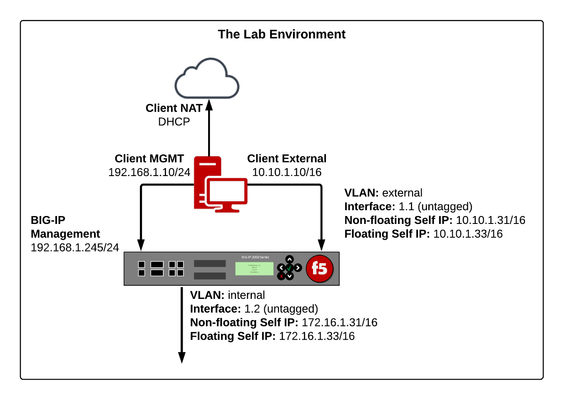guide
3 TopicsLoad Balancing Omnissa Unified Access Gateway with BIG-IP LTM
This article highlights the renewed partnership between Omnissa and F5, focusing on updated guides for integrating F5 BIG-IP LTM with the Omnissa Unified Access Gateway (UAG) for Horizon. UAG, formerly known as VMware Unified Access Gateway, provides secure access to desktop and application resources for remote users. F5’s products enhance the reliability, scalability, and security of UAG deployments, particularly for large Horizon environments requiring multiple pods or data centers. The guide offers two deployment options: leveraging the existing iApp or using a manual method. Both approaches ensure efficient, seamless implementation tailored to users’ needs. The collaboration between F5 and Omnissa continues to drive faster deployments while preparing for future growth and requirements. Readers are also encouraged to explore the integration guide for F5 APM with Omnissa Workspace ONE.1.8KViews2likes0CommentsLab Guide: How To Build Your Own F5 Lab Environment
Introduction There are numerous of reasons why you should set up your own lab environment. Perhaps you are new to F5 or you might be studying for one of their exams. You might even want to evaluate one of their products. Setting up a lab environment is not always straight forward and currently there aren’t that many guides out there that starts from scratch. That is why I have put together this guide in order to assist you with building your first lab environment. This lab will be installed on your local computer using free for non-commercial use applications. The download components are hosted on https://www.f5books.eu which is an organization I’m running together with Steven Iveson. If you run into any problems using this guide or you find any errors, please comment below or contact me at philip.jonsson@f5books.eu. Together we can keep this document updated. :) The Lab Architecture So, what are we building? It’s pretty simple yet covers all our needs. These are the computing components; A Linux client running Lubuntu, allowing the use of CLI and GUI based tools and software such as ping, PuTTY (SSH), Filezilla (FTP) and a web browser. A BIG-IP VE running version 13.1.1 A Linux server running the Tomcat Apache web server, configured with five virtual hosts, listening on different IP addresses and TCP ports. We’ll be using these networks; Management - used for configuring the BIG-IP. External - the client-side network connecting the Linux client and BIG-IP; this will be a private (internal) network. Internal - the server-side network connecting the BIG-IP and Linux server; this will be another private (internal) network Client NAT – In order to gain Internet access on the client, we have assigned an interface that operates in NAT mode. Using that interface, we can download additional applications and also assist when we license our BIG-IP through the manual method. Here’s a diagram to help you visualize the end state: The full guide is located at the following download mirrors: Google Drive Dropbox Microsoft OneDrive I hope you find this guide helpful! :)7.4KViews2likes10CommentsiControl REST API introduction
Hi! I've written a guide on how to get started with the F5 REST API. There's plenty of official F5 guides out there, but I tried to make this one a bit more distilled and base it on some lessons that I learned over the year when working on BigIP Report and my contributions to the indeni monitoring repository. Examples: Reading configuration from the REST API Changing configuration via the REST API Some performance considerations Some common issues What to do when the API documentation is insufficient It's a work in progress so feedback is much appreciated. Hope it helps someone! Follow this link to read the article.506Views2likes1Comment

